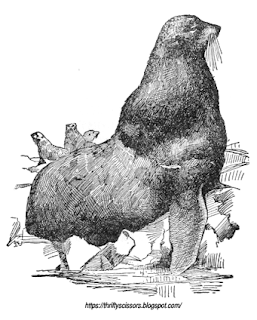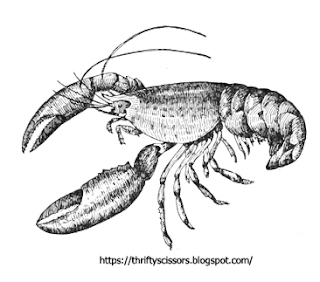Just as a good shoemaker makes shoes to fit the feet, nature make feet to fit the needs of each individual animal. How many of these feet could you name? They are, from left to right, top to bottom: Horse, Elephant, Eagle, Ostrich, Camel; second row - Chimpanzee, Tiger, Duck, Water Shrew, Lizard, Tiger, Beetle; third row - Sloth, Bear, Locust, Flamingo, Duck-billed Platypus, Crab: fourth row- Peccary, Garden Spider, Giraffe, Frog, Armadillo, Ox; and fifth row- Kangaroo, Box Turtle, Squirrel, Iguana, Harvest Mouse, and Gecko.







































